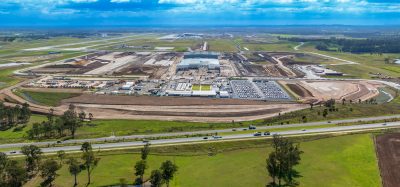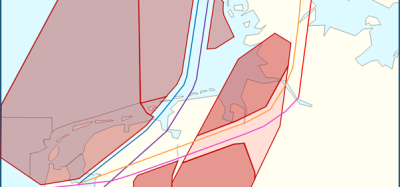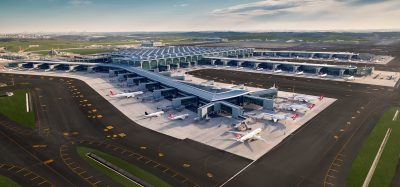Airservices Australia focuses on supporting innovation and growth
- Like
- Digg
- Del
- Tumblr
- VKontakte
- Buffer
- Love This
- Odnoklassniki
- Meneame
- Blogger
- Amazon
- Yahoo Mail
- Gmail
- AOL
- Newsvine
- HackerNews
- Evernote
- MySpace
- Mail.ru
- Viadeo
- Line
- Comments
- Yummly
- SMS
- Viber
- Telegram
- Subscribe
- Skype
- Facebook Messenger
- Kakao
- LiveJournal
- Yammer
- Edgar
- Fintel
- Mix
- Instapaper
- Copy Link
Posted: 27 August 2019 | International Airport Review | No comments yet
Airservices Australia releases corporate plan outlining how the organisation will continue to support the long-term growth of Australia’s aviation industry.


Airservices Australia’s Chief Executive Officer, Jason Harfield, has welcomed the release of the organisation’s 2019-20 Corporate Plan, which outlines Airservices continuing focus on supporting growth and innovation in Australia’s rapidly evolving aviation industry.
Harfield said: “Airservices 2019-20 Corporate Plan shows we are well positioned to meet industry challenges as we optimise the services that we offer today and develop new and innovative services to meet emerging long-term industry requirements. Our focus, as always, is on providing safe, secure, efficient and environmentally-responsible services that are valued by the aviation industry and community.”
Following several years of zero price increases, Airservices is proud to deliver a price reduction of two per cent to its customers, which represents a real price decrease of 20 per cent through to the end of this plan to 2024.
Additionally, Airservices will once again waive around $2.5 million in annual service charges for Australia’s not-for-profit aeromedical providers. This is on top of more than $2 million waived in the last financial year.
While delivering these financial benefits to the industry, Airservices continues to execute its $1.2 billion capital investment programme.
The OneSKY programme to harmonise civil and military air traffic management remains the cornerstone of Airservices’ commitment to deliver world-class air traffic management services into the future.
The customer benefits of OneSKY’s are complemented by programmes to enhance network air traffic flow management, including airport collaborative decision making (A-CDM) and long-range air traffic flow management (LR-ATFM).
With the rapid rise of new entrants such as drones and aerial taxis, Airservices is also undertaking work to deliver the capability and functionality of unmanned traffic management (UTM) systems as the landscape of low altitude airspace rapidly changes.
Harfield concluded: “We are looking forward to the year ahead, which will see us maintaining the exceptional service standards for which we are renowned, driving innovation and delivering value to the industry we serve.”
Related topics
Aeronautical revenue, Airport Collaborative Decision Making (A-CDM), Regulation and Legislation

















